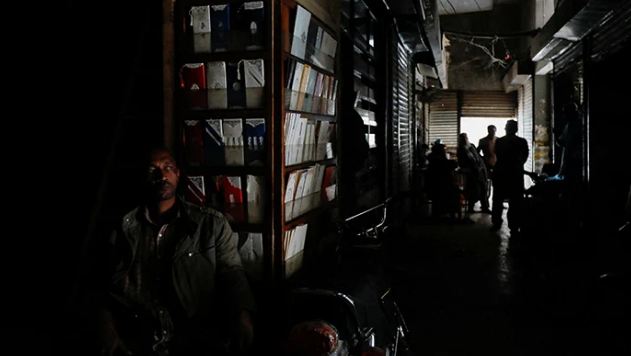LAHORE: Pakistan’s overall energy shortfall has surpassed 8,500 megawatts, sources told Sunday, as heatwave-like conditions across the country add to the citizens’ woes.
The sources familiar with the matter said the country’s total energy requirement stands at 28,500 megawatts, while it was producing around 20,000 megawatts.
The mercury went up to over 40°C in most parts of the country Saturday, increasing the demand for electricity for cooling purposes. As a result, the power demand stretched, but the supply remained stalled.
The News reported that people have to face multifaceted chronic problems when it comes to electricity supply in the country.
Their suffering continues unabated, no matter if it is the low-demand winter months or the peak-load summer season.
“They are deprived of power supply on one account or another, whether it is a so-called load management plan, approved shutdowns, technical power failures, or intense fluctuations in voltage resulting in brownouts.”
A relatively new phenomenon of intense nocturnal load-shedding has added misery to already suffering masses on account of distressing power cuts.
Under such clandestine moves by the energy establishment, night-time outages have been seen at an all-time high.
Masses are subjected to as many as three-six hours of load-shedding in urban areas daily, compared to earlier one-two hour between 7pm and 5am, The News reported.
It is in stark contrast to the announced outage of up to four hours in 24 hours.
But the federal power minister has a different view of what is going on in the country as far as power demand and supply are concerned.
Minister Khurram Dastagir claimed Saturday that over-four-hours-a-day power suspension is being made in only 3% of feeders in the national power grid, which excludes K-Electric being a privatised entity.
Citing June 23, 2023 power figures, he said a new national record of a total of 30,089 megawatts of power demand has been set. He claimed that as many as 92% of feeders in the country suffered less than three hours of load-shedding per day.
Power outages on account of technical failures or overloading of systems, however, have not been included in the data shared by the minister as it was limited to the much-touted load management plan only.
People’s problems associated with fragile power transmission and distribution systems are far deeper and agonising than what was portrayed by the government.
The sources added that in Punjab’s capital, Lahore Electric Power Company (LESCO) is facing a shortfall of 1,000 megawatts — the demand stands at 5,700 megawatts, and the supply is at 5,700 megawatts.

















